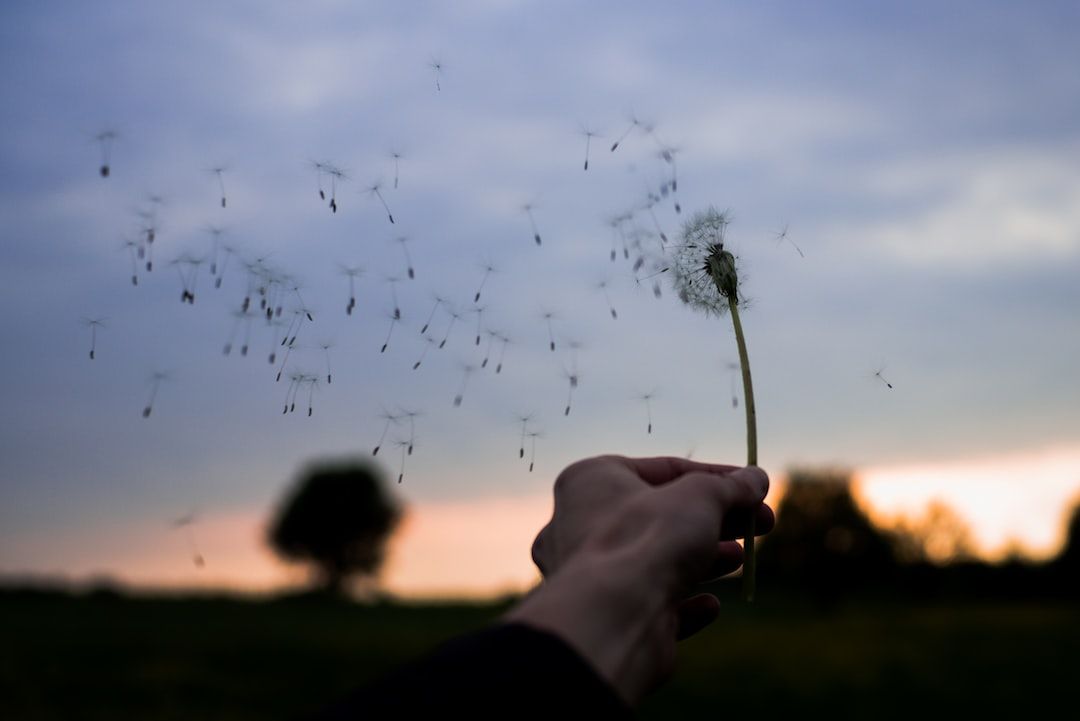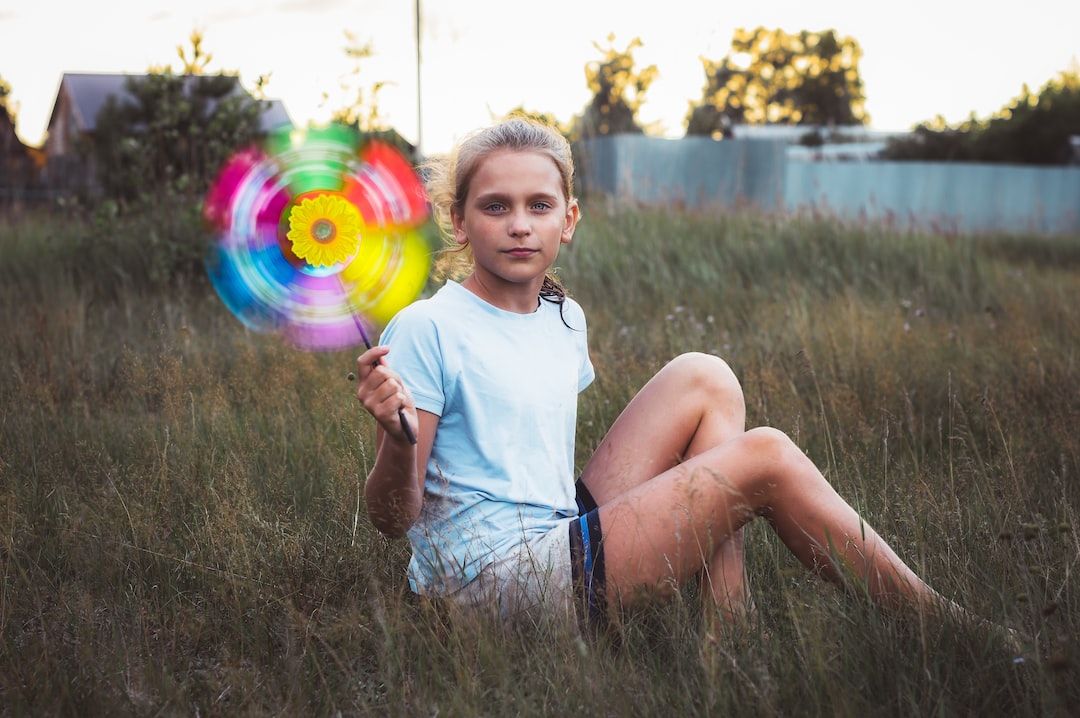Blog
Stories from my personal journey learning about and delivering Nature-rooted programs across three different countries
Wasting time...
Caylin (Forest Schooled)

Empty space, drag to resize
My posts usually discuss topics related to children's social and emotional development (i.e. emotional intelligence, self-esteem, relationships, etc.), but what about more traditional learning topics like science? Or maths? Music? P.E.?
It's important to recognise that Forest School facilitates these too. Sometimes it's difficult to tease out whether these topics are learnt because we don't divide learning into individual subjects at Forest School. But that's because we don't need to - it all tends to happen at once.
The children don't need to be told, “We're learning science now” because it just sneaks up on them as they participate in activities while at Forest School.
This is the benefit of a holistic approach to education. Holistic development applies the concept of holism (the whole is more than the sum of its parts) to human development, where self-actualisation is promoted through methods of learning that combine emotional, physical, mental, social and spiritual growth of a person. This is achieved by providing activities and opportunities for children to engage multiple aspects of their development at the same time.
I'll aim to explain this a bit more with an example from a recent Forest School session where I spent quite a bit of time with a girl named Abby:
Abby: "Do you have any pens?"
Me: "Yes we do, I'll show you where the are. What are you making?"
Abby: "I'm going to make a sign for my drum kit."
Me: "Oh ya? You have a drum kit?"
Abby: "Yep, wanna see?"
Me: "Sure!"
(We walk over to an area where logs have been leaned up against a tree)
Me: "This is cool! Have you got drumsticks?"
Abby: "I'm just going to use sticks from the floor."
Me: "We brought some sticks from an ash tree with us, they're quite hard and might be stronger than sticks from the floor if you wanted to try them?"
Abby: "Ya ok! I'll try them."
(We grab the ash sticks and Abby begins hitting her log drums, experimenting with different sizes. She notices how thicker sticks make different sounds than thinner sticks. She tells me about how different sounds bring out different feelings in people and that different styles of music can be used in films or plays to match the emotional setting of the scene. She then talks me through the sounds her drumsticks make and what emotion they are associated with. A boy sees Abby hitting sticks together and mentions he saw a cool stick over by camp. We go over to have a look and find a stick with parallel notches cut along the length of it. Abby asked where it came from and I explained...)
Me: "It's a stick left over from a project my friend had started when she tried to make a whirligig. The idea is you make parallel notches along the stick and place a propeller on one end. As you scrape another stick along the notches (like a guiro), the vibrations are meant to make the propeller spin. The project hadn't quite worked out the way she wanted it to so she left the notched stick behind."
Abby: "Can we try to make one?"
Me: "Sure! I've never made one before, but we can have a go."

In brief summary, this is what happened next: We found a straight stick we thought would be a suitable size and used a knife and mallet to cut notches into it.
Then we found a piece of woodchip to us as the propellor. We used a drill to drill a hole through the propellor as well as down into the end of our stick. We experimented with different ways of holding the stick and using the drill to make it work better.
We discovered it was easier if we worked together (one person holding the stick and part of the drill, the other could do the drilling). We then tried to find a stick that would fit through the hole we just made.
We found a stick that was too small. We found a stick that was too big. We took the two wrong sized sticks with us as a measurement to find a stick that was in between the two sizes and was just right.
We used loppers to cut the stick to size... then realised we cut it in the wrong place. So we used a knife to whittle it to the right size again. We put all the pieces together. It all fell apart.
We thought drilling a deeper hole might help, so we drilled some more. We tried it again. The propellor fell off.
We found a bit of woodchip to stick on the end as a stopper. The propellor didn't spin. We rubbed vaseline on the end of the stick with the propellor and tried again.
As we went, we started to count how many attempts we had made (Experiment 1! Experiment 2! Experiment 3!....... to finally Experiment 8!) In the end, the whirligig only kinda sorta worked... but Abby was happy.
I have no idea how long this whole process took us. We weren't paying attention to the time because we were completely immersed in what we were doing. I wouldn't be surprised if someone told me it was over an hour. All of it was child-led, directed by what Abby wanted to achieve. I was simply there to teach her some new skills, like how to use tools to help us.
We had gone on a journey that had started with making a sign for a drum kit and ended with a half-working whirligig. Did we achieve any of our objectives? Well, no, because we'd abandoned the drum kit sign and the whirligig didn't actually work that well... So was this a waste of Abby's time?
Surely Abby could have been learning something more useful like science, maths, music, P.E.... But, wait. Let's think about this for a minute. What did Abby achieve through the process that had started out with working on her drum kit and finished with a half-working whirligig?
- Science: Hypothesising what materials we needed and how to use them. Experimenting to see what worked and problem-solving when it didn't.
- Maths & engineering: Using a design based on a previously attempted whirligig and using as it as a template to make another one. Taking measurements and recognising shapes to find appropriate materials. Fitting wood of different shapes and sizes together to create something with moving parts.
- Music: Recognising and comparing different percussive sounds and pitches produced by striking sticks of different sizes.
- P.E.: Using tools like a drill, knife, mallet and loppers which developed physical strength, coordination & motor control.
- Social skills: Working together and using communication to discuss and problem solve as well as use tools.
- Personal and emotional development: Analysing how sounds can affect how we feel. Dealing with disappointment when attempt after attempt at making the whirligig didn't work, developing resilience to keep trying. Having the feeling of achievement when it was finished, contributing to self-esteem.
On top of all that, Abby had fun too - She WANTED to learn. Surely just this in itself should be our top priority when teaching children. A desire to learn gives a child motivation to contribute to their own physical, intellectual, emotional, personal, and social development without even realising it.
So did it matter that Abby never finished her sign and the whirligig barely worked? Absolutely not... because what was gained in the process was so much greater than the end result.
More Posts
WANT TO GET FOREST SCHOOLED TOO?
Subscribe to my email letters, something special from me to you so we can learn together. Each one is filled with heart-felt stories from the forest, resources you may find useful, and things that hopefully bring a smile too.
Thank you!
© 2022 by FOREST SCHOOLED

